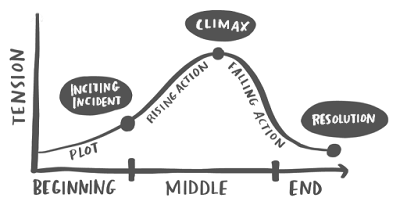How can I find out more about this approach?
As I mentioned in my last post, I have been able to develop the Literacy Approach with the help of a great number of teachers and colleagues all over the world. Some of the results of this collaboration are freely available on the net, and can serve as an introduction to the Approach:
1. Web page of the Erasmus + project: here you can find an introduction to the Approach as well as some literacy units created by primary teachers from Poland, Slovenia and Spain. Since all the units were implemented in the teachers' classes, you can find the teaching materials as well as examples of student productions and snippets of video recordings of the lessons themselves.
2. MOOC about the Approach: this is a free online course that was generated as part of the Erasmus+ project. It gives you an introduction to the Approach and takes about 9 hours to complete. You may want to watch this video to get an idea about the contents of the course:
3. A blog in Spanish: in Spanish (my apologies!), this is a blog I kept between 2018 and 2020 which was aimed at helping secondary teachers of English in Madrid make sense of the new curriculum for advanced English, which coincides with the basics of the Literacy Approach. It provides lesson plans as well as reflections about methodology.
.jpg)



Comments
Post a Comment